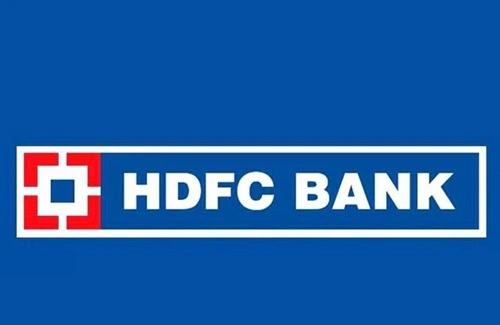HDFC Bank, India’s largest private sector bank by market capitalization as of 2025, continues to be a leader in the country’s banking and financial services sector. Headquartered in Mumbai, it offers a wide range of products, including retail banking, wholesale banking, loans, credit cards, and asset management. Known for its robust digital banking infrastructure, HDFC Bank has significantly enhanced customer convenience with advanced technology solutions. Its focus on expanding in semi-urban and rural areas has strengthened financial inclusion. With a strong balance sheet, high asset quality, and innovative strategies, HDFC Bank remains a key driver of India’s economic growth. Here is the comprehensive SWOT analysis, assessing Strengths, Weaknesses, Opportunities, and Threats that provides insight into the bank’s current position and future prospects.
Strengths
- Robust Financial Performance: In the quarter ending September 30, 2024, HDFC Bank reported a net profit of ₹165.1 billion, reflecting a 37.1% year-over-year growth. The bank’s net interest income stood at ₹290.8 billion, marking a 24.5% increase from the previous year.
- Strategic Merger with HDFC Limited: Effective July 1, 2023, HDFC Bank completed its merger with Housing Development Finance Corporation (HDFC) Limited. This strategic move significantly enhanced the bank’s market capitalization to over ₹13 trillion ($154.8 billion) as of September 30, 2024, positioning it among the world’s leading financial institutions.
- Extensive Distribution Network: With a vast network of 9,092 branches and 15,217 banking correspondents, HDFC Bank ensures comprehensive reach across urban and rural India, facilitating customer acquisition and service delivery.
- Digital Transformation Initiatives: Under the leadership of CEO Sashidhar Jagdishan, HDFC Bank has prioritized digital transformation, integrating artificial intelligence (AI) into core systems to enhance operational efficiency and offer personalized services.

Weaknesses
- Elevated Loan-to-Deposit Ratio (LDR): Post-merger, HDFC Bank’s LDR spiked to approximately 110%, indicating a higher reliance on borrowed funds relative to deposits. The bank aims to reduce this ratio to pre-merger levels of 86-87% within the next two to three years.
- Margin Pressures: Following the merger, HDFC Bank faced margin pressures due to higher borrowing costs and a lower-yielding loan portfolio. However, net interest margins improved to 3.47% in the June 2024 quarter, reflecting efforts to optimize financial performance.
- Asset Quality Concerns: The gross non-performing assets (NPA) ratio increased slightly to 1.36% as of September 30, 2024, indicating a need for vigilant credit risk management to maintain asset quality.
Opportunities
- Expansion of Retail Loan Portfolio: The merger with HDFC Limited has bolstered the bank’s mortgage offerings. Leveraging this expanded portfolio can drive growth in the retail segment, catering to the increasing demand for housing finance in India.
- Advancement in Digital Banking Services: The bank’s focus on digital transformation, including AI integration, presents opportunities to enhance customer experience, streamline operations, and introduce innovative financial products.
- International Expansion: With a strong domestic foundation, HDFC Bank can explore opportunities in international markets, diversifying its revenue streams and capitalizing on global financial integration.
Threats
- Regulatory Challenges: The banking sector is subject to stringent regulatory oversight. Changes in policies, such as capital adequacy requirements and lending norms, can impact operational flexibility and profitability.
- Intensifying Competition: The Indian banking landscape is becoming increasingly competitive, with public and private sector banks, as well as fintech companies, vying for market share. This competition may pressure margins and necessitate continuous innovation.
- Economic Uncertainties: Macroeconomic factors, including inflation, interest rate fluctuations, and global economic slowdowns, can affect credit demand and asset quality, posing risks to financial stability.
Conclusion
In 2025, HDFC Bank continues to demonstrate resilience and strategic foresight, leveraging its strengths to navigate the dynamic banking environment. The successful merger with HDFC Limited has expanded its asset base and market reach, while digital initiatives position the bank to meet evolving customer expectations. Addressing challenges such as elevated LDR and margin pressures through prudent financial management and strategic planning will be crucial. By capitalizing on growth opportunities and mitigating potential threats, HDFC Bank is well-positioned to sustain its leadership in the Indian banking sector.
Anantha Nageswaran is the chief editor and writer at TheBusinessBlaze.com. He specialises in business, finance, insurance, loan investment topics. With a strong background in business-finance and a passion for demystifying complex concepts, Anantha brings a unique perspective to his writing.


